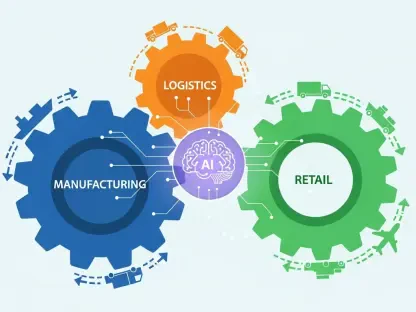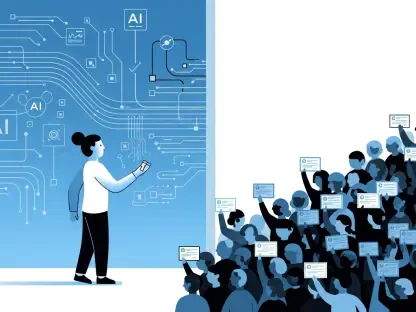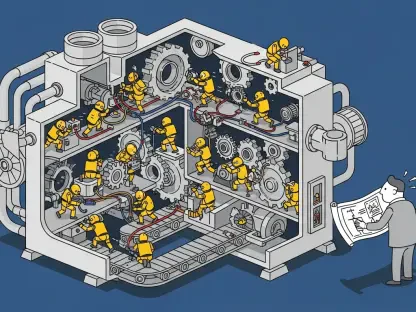Artificial Intelligence (AI) is revolutionizing the approach of tech giants toward workforce management. Amid recent strategic workforce changes, Microsoft’s workforce adjustments align with its broader goal of enhancing AI capabilities. This scenario highlights a compelling trend where AI reshapes industry staffing norms, influencing immediate employment practices and long-term business trajectories.
Context and Evolution of the Workforce
As companies navigate an era of rapid technological advancements, innovative workforce strategies have become pivotal. Microsoft’s recent workforce adjustments exemplify the industry’s evolution as tech giants continually adapt to maintain competitiveness. Historically, the technology sector has been characterized by transformative shifts, such as cloud computing and digital transformation, which have redefined business operations, propelled innovation, and set the stage for today’s AI-driven strategies.
In-depth Analysis of AI’s Strategic Role
Workforce Reduction and Strategic Refocus
Recent layoffs at Microsoft signal a strategic shift rather than a decline in performance, with about 6,000 employees, or 3% of its workforce, impacted. By reducing middle management layers and enhancing coder-to-non-coder ratios, Microsoft prioritizes software development, reflecting a significant recalibration in how projects are managed. This strategy underscores the potential benefits of AI integration, which could result in optimized team structures and sharper focus on software innovation.
Comparative Landscape of AI Integration
Globally, companies like Google and IBM also embrace AI-driven transformations, seeking efficiency and innovation through strategic realignments. There’s a noticeable trend toward streamlining operations via the reduction of managerial layers and increased automation of traditional processes. Each company faces unique challenges from cultural and regional perspectives as they adopt AI in their workforce strategies, weighing potential disruptions against its promising benefits.
Complexities in Workforce Transitions
Transitioning to AI-driven models varies across different markets, each presenting distinct challenges and opportunities. Regulatory landscapes and cultural perceptions can impact the adoption of these strategies, influencing timelines and effectiveness. Despite common concerns about AI-induced job displacement, industry experts advocate for a future where AI enhances roles by automating routine tasks, thus freeing human capital for more complex, creative, and strategic endeavors.
Future Trends and Impact of AI Integration
The ongoing integration of AI into company strategies predicts further industry transformations. Emerging AI innovations and shifting economic and regulatory landscapes foreshadow significant changes ahead. Experts anticipate AI’s ability to redefine business models, enhancing productivity and altering market dynamics, suggesting that companies such as Microsoft will likely continue evolving with a keen focus on strategic AI integration.
Key Insights and Strategies for Adoption
Considering AI’s transformative potential, leveraging this technology responsibly becomes essential for business success. Companies can benefit from embedding AI in operations by prioritizing workforce upskilling and adopting agile models. Understanding these evolving dynamics enables both professionals and businesses to navigate the technological landscape efficiently, translating insights into practical applications effectively.
The integration of AI into staffing strategies marks a revolutionary period for Microsoft and the broader tech industry. Through calculated adoption, companies that embraced AI not only saw operational improvements and strategic benefits but also acquired an edge in the competitive marketplace. As businesses continue to evolve, a thoughtful, innovative approach to AI remains vital for navigating the future.









